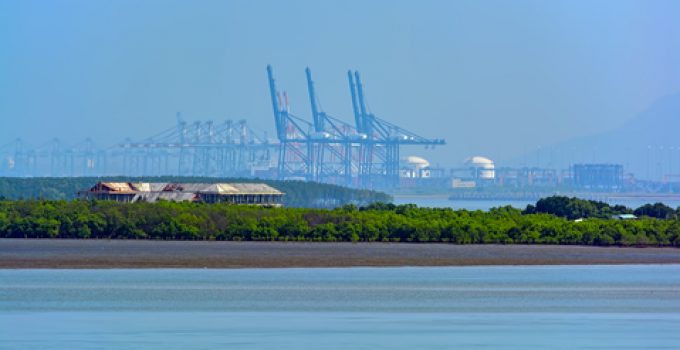Analysis: Can the Gemini network do it on-time?
The clock is ticking

South Vietnam’s Cai Mep-Thi Vai container port recently saw the maiden call of 2M’s TP17 service – another milestone in the long-awaited comeback of the much maligned deepwater complex.
The 12,000 teu Seroja Lima was welcomed by the APM Terminals-operated Cai Mep International Terminal (CMIT), the second-largest of the port’s four competing facilities and boasting a 25% share of volumes.
Jan Bandstra, CMIT’s general director, said the port’s volumes had grown hand-in-hand with Vietnam’s strong GDP growth and the “unprecedented” surge in ...
Macron calls for ‘suspension’ – CMA CGM's $20bn US investment in doubt
Trump tariffs see hundreds of cancelled container bookings a day from Asia
De minimis exemption on shipments from China to the US will end in May
Forwarders stay cool as US 'liberation day' tariffs threaten 'global trade war'
Mixed response in US to 'Liberation Day', while China leads wave of retaliation
Tariffs and de minimis set air freight rates on a volatile course
Overcapacity looms for ocean trades – with more blanked sailings inevitable
'To ship or not to ship', the question for US importers amid tariff uncertainty

Comment on this article